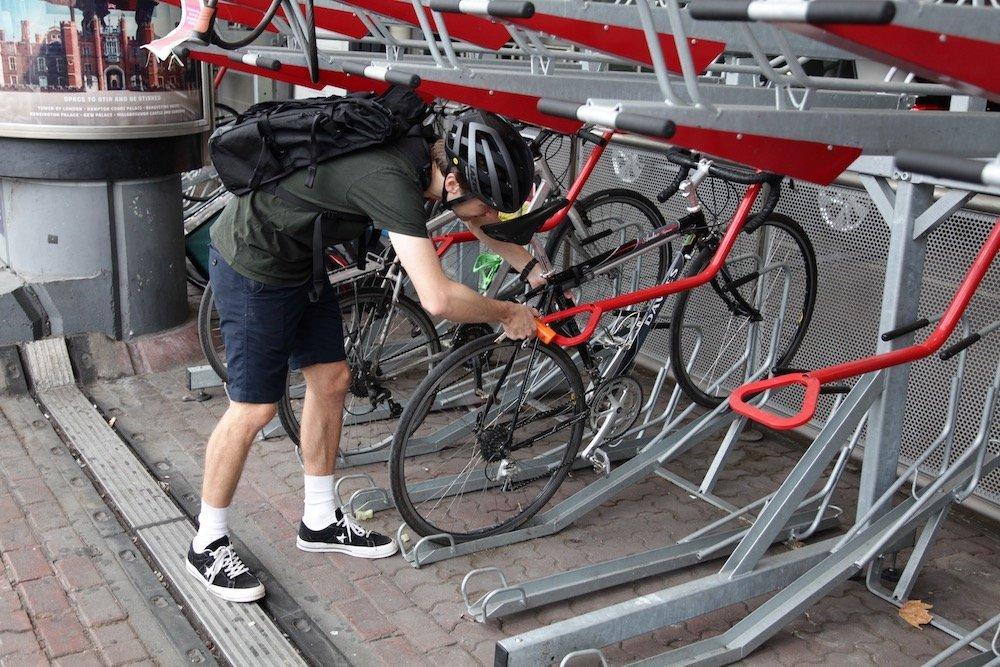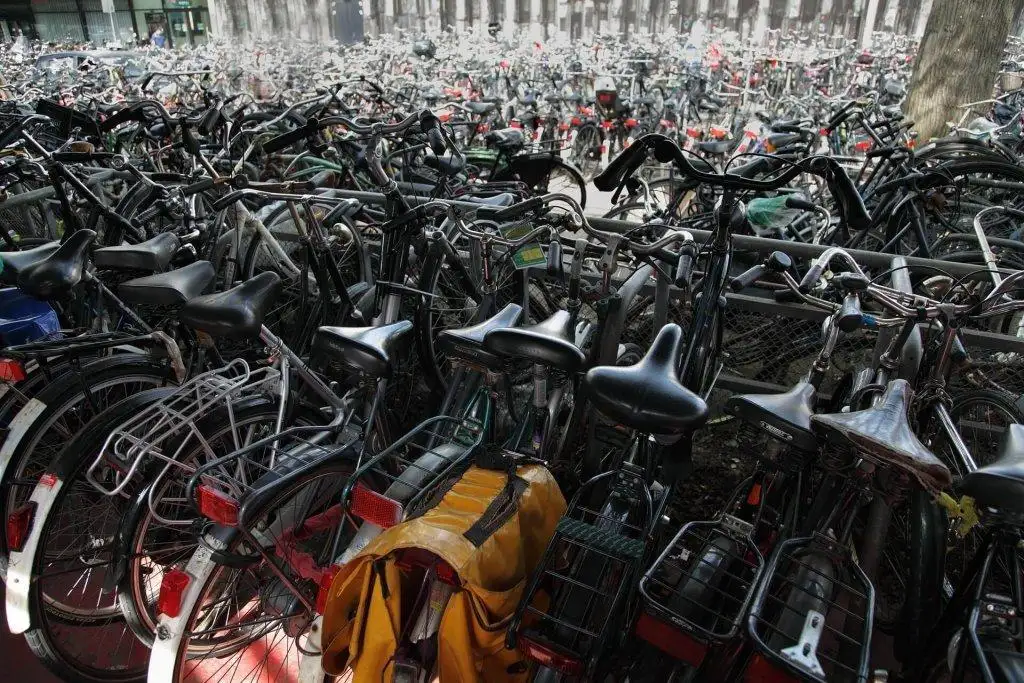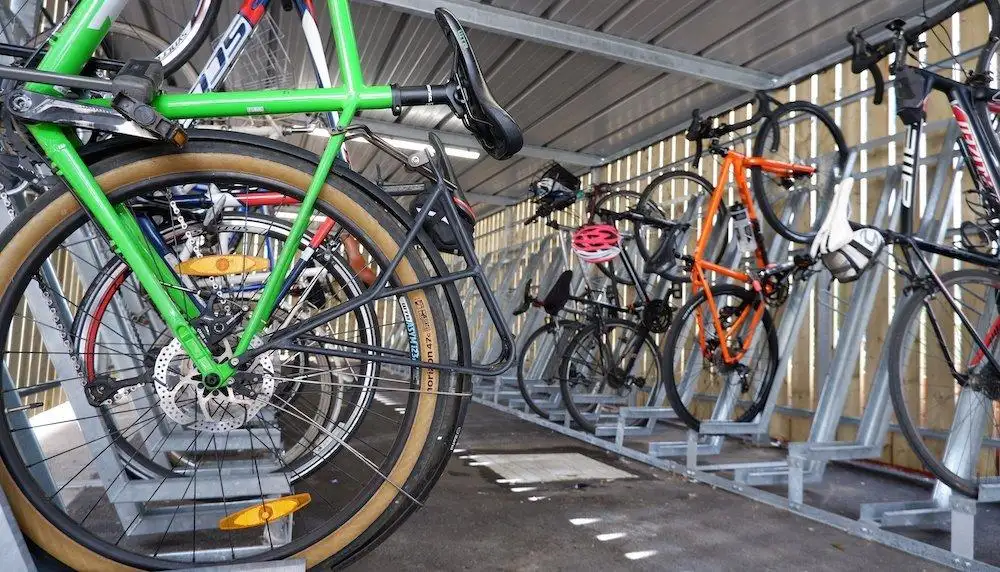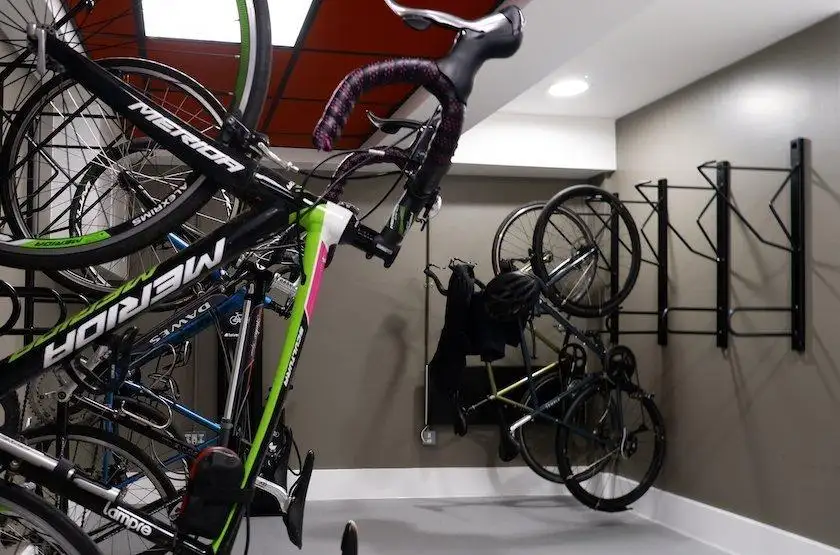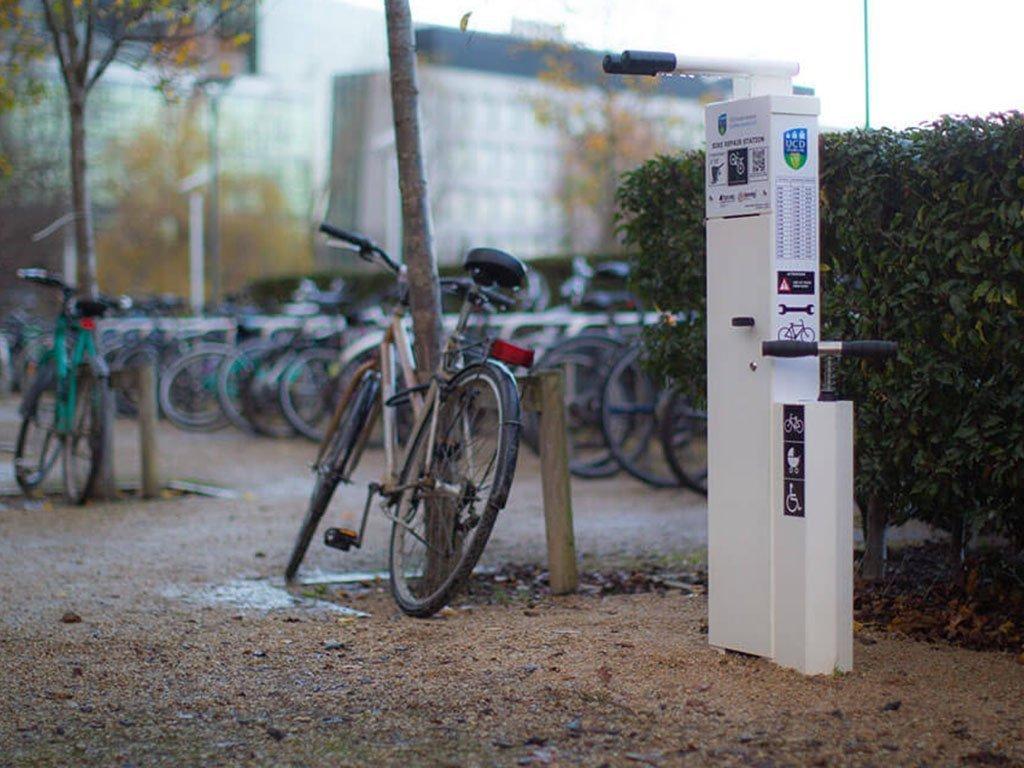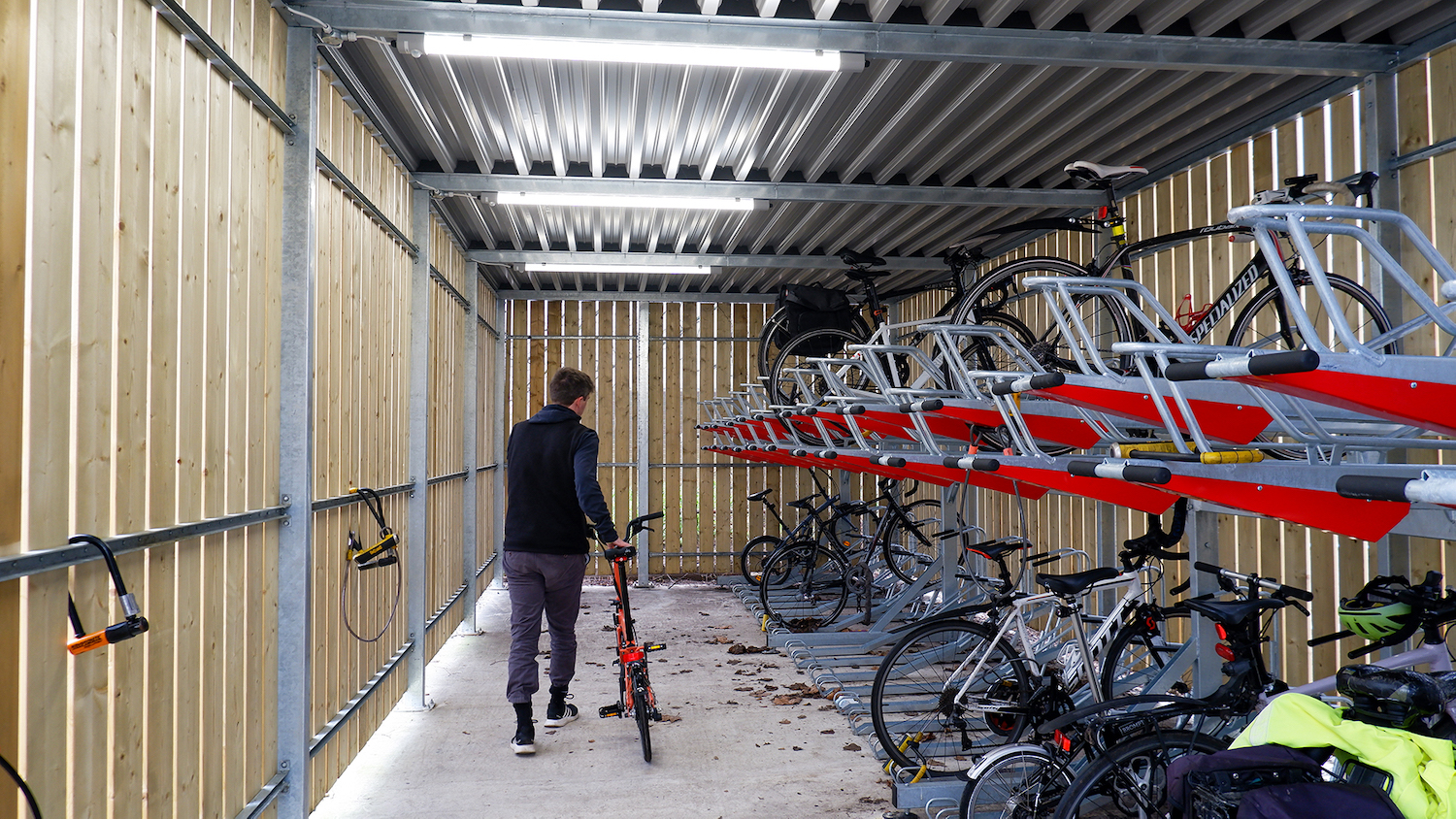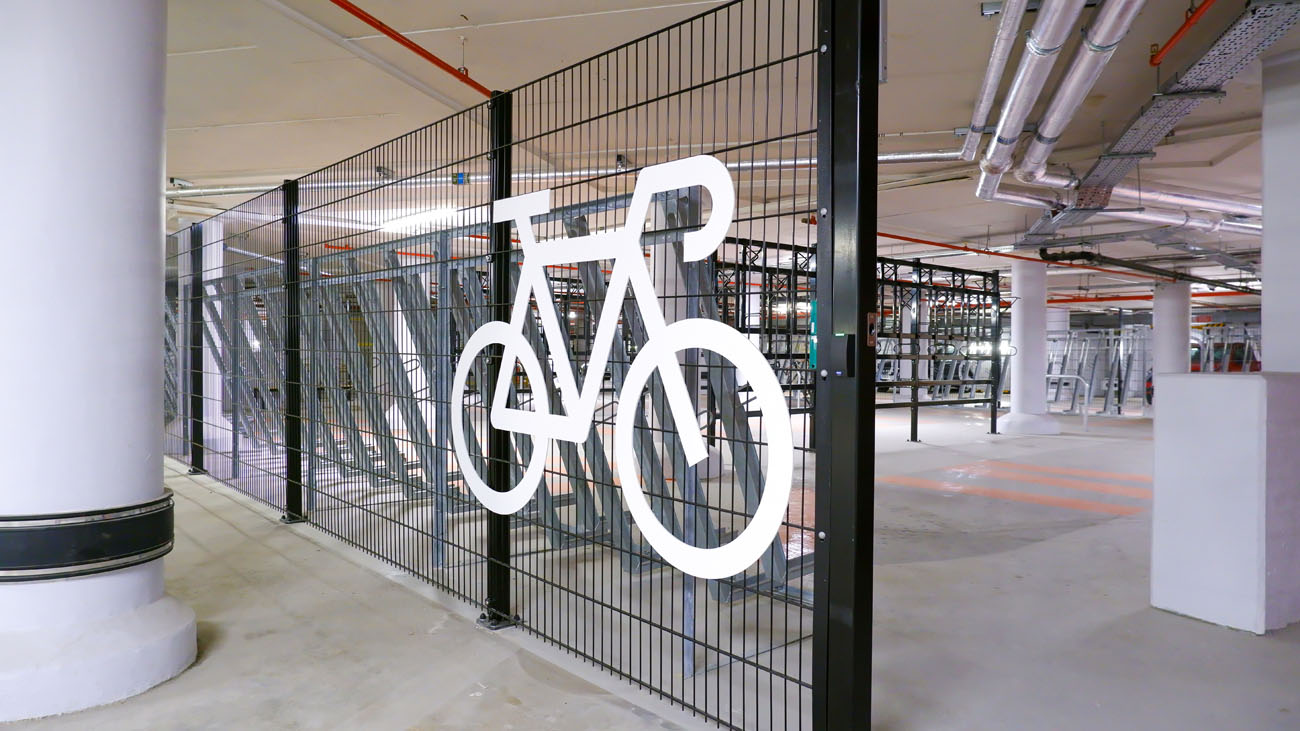It may sound obvious, but locking your bike properly is crucial for keeping your ride safe from theft.
You should always ensure your bike is correctly locked when parked, no matter where that is. But to keep your bicycle secure, the location of the parking is equally important.
From the basics of locking your bike, through to the different types of lock and bike rack available, here’s the comprehensive guide to securely and properly locking your bike.
Choosing the right cycle parking
Before we discuss how best to lock your bike, you’ll need to think about where you’re parking or storing it.
Think about these five main points when looking for the best cycle parking:
- A well-lit area with high footfall
- Monitored CCTV nearby
- Close proximity to your destination
- Cycle-friendly bike racks
- Weather protection
A well-lit area with regular footfall and CCTV will help keep your bike safe. Trying to hide your bike in a quieter alley or side street will only make it easier to be stolen quietly and undetected.
Sheltered or indoor parking are both beneficial not just for security, but for looking after your bike. Your saddle and components will stay dry, and these areas are likely to have better lighting and CCTV.
Once you’ve identified secure bicycle parking, you need to turn your focus on correctly locking your bike.
Always make sure to lock your frame first if possible. If you can, it’s better to lock both the frame and either the front or rear wheel with the same D-lock.
You can use two smaller D-locks to lock both wheels, but these can be too unwieldy to carry. A d-lock with an extension cable will suffice in most scenarios.
